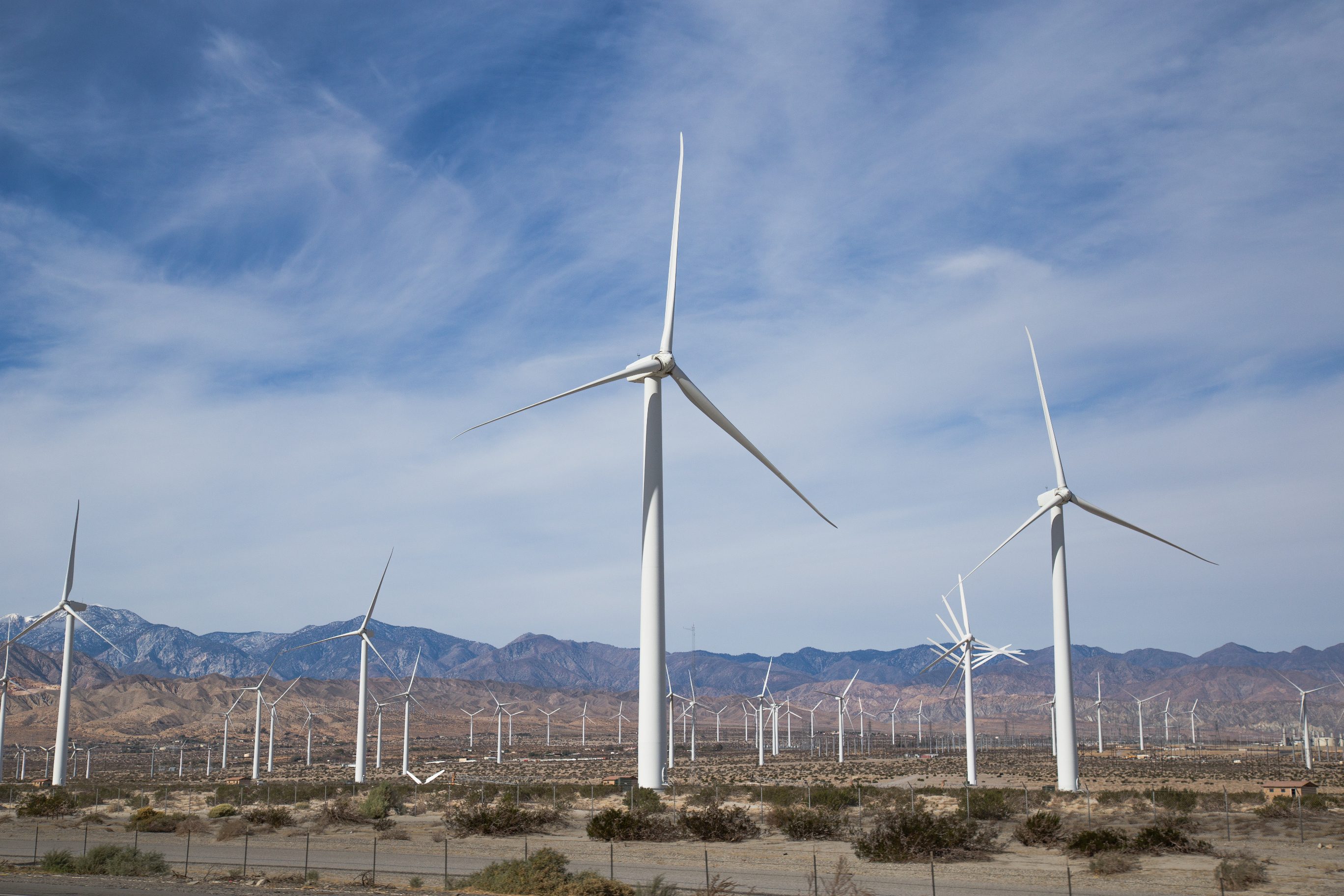This is a guest blog by Dave Welch, the President of Infinera Corporation, a California based technology company, and Peter Miller, a senior scientist with the Natural Resources Defense Council and a board member of California’s Climate Action Reserve
As Canada embraces the long nights, snowy days, and icy temperatures of winter, we send greetings from sunny California.
We know that there have been a lot of discussions about cap-and-trade both at the provincial level and nationally in the Great White North. We wanted to let you know that California’s experience with cap-and-trade has been positive, environmentally and economically.
Our cap-and-trade system has been in place for over three years with promising results: emissions are falling and the economy is improving. Cap-and-trade programs set an overall limit on emissions and encourage the affected industries to figure out the lowest cost way to stay within a declining emissions budget.
With Ontario putting the final touches on the design of cap-and-trade, and the possibility that a national cap-and-trade program may be in the offing, we want to offer some words of encouragement and share a few lessons learned from our experiences in the golden state.
First, we cannot overstate this fact: cap-and-trade has proven to be an effective way to reduce emissions. Since its implementation in 2013, emissions in California have been falling while our economy has remained strong. Statewide emissions have declined by 7 per cent from their peak levels in 2004, while the price of carbon allowances – which are the fundamental currency of the cap-and-trade market – remain cost-competitive at just barely above the minimum price level of $12 U.S. per ton.
Some critics lament the low price of emissions under the cap-and-trade program. But, while from an economic perspective a strong price signal may be a powerful tool, the fact that the cost of carbon allowances remains so low illustrates that it’s much less expensive to reduce emissions than some had feared.
Second, cap-and-trade is only part of the package. California has adopted a suite of complementary climate policies to ensure that we’re making progress across the board. These initiatives range from programs to cut oil use by cars, increase reliance on renewables like wind and solar, and drive innovation in new clean energy technologies. These policies are part of the reason that the price of allowances has remained low. Many of them help reduce emissions under the cap, making it easier for regulated firms to meet their compliance obligations.
Third, by holding large emitters accountable for their carbon pollution, cap-and-trade programs can generate revenue that can support other important programs that directly benefit the day-to-day lives of Californians. Our cap-and-trade program is generating billions for critical investments in transit, weatherization of low-income homes, urban forestry, recycling, and other valuable initiatives. Last year California launched a $4.8 million pilot program funded by cap-and-trade dollars to help low-income residents replace older cars and trucks with more fuel-efficient vehicles. There’s also a program that is bringing free solar power to some of California’s poorest citizens. These kinds of projects improve lives and are good for the environment and the economy.
Fourth, good governance has been critical to the program’s success. In California, the Air Resources Board (ARB) oversees the cap-and-trade program as well as a number of other air quality-related programs. ARB’s team of scientists, engineers, economists, lawyers and policy experts have developed deep expertise on air quality and climate change and established an effective program. ARB also helps give Californians comfort that the program is governed in a way that produces the best outcomes for climate change, and that the decisions are technically sound, rather than politically motivated.
Canadian provincial and federal leaders should leverage California’s experience in developing their own climate change programs. In our opinion, the larger the carbon market, the better. We welcome Ontario in joining with us and regulating emissions with cap-and-trade. And we’d welcome a nation-wide program as well. Regardless of the scope, we stand ready to offer a helping hand to our neighbours to the north. And we look forward to welcoming you into a collaborative effort to solve the fundamental environmental challenge of our generation.








